2.15.11 Chickening Out
This past weekend G and I attended a workshop about raising chickens. It's something we've been daydreaming about for a while, because we've long enjoyed the delicious eggs from River Brook Farm. And because we could really use the poop to fertilize our garden. So we signed up to learn about this ancient enterprise from Mark and Barbara Laino at Midsummer Farm in Warwick. This amazing couple is into organic, sustainable farming; they grow vegetables and herbs, raise animals, and hold down full-time jobs. Barbara is also a holistic nutritionist, and I was thrilled to see several pages of egg recipes from Nourishing Traditions (one of my bibles) in the packet they send home with you.
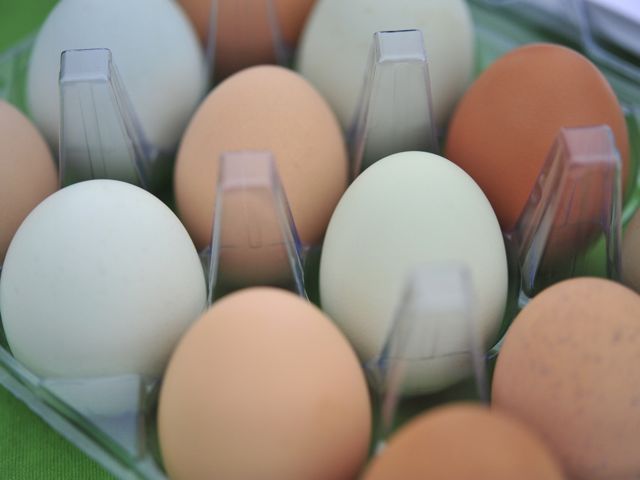
nutrition-packed eggs are one big reason to raise your own chickens
Are we going to run out and get us some chickens? Not so fast. This may have to wait until we build on our new property. It's not that a small chicken coop takes up that much space, but it does require adequate fencing and caretakers that don't go away for more than a day or two at a time. We'll have to give this some thought.
You don't actually need a rooster to raise chickens. They are incredibly impressive though, very butch and very in charge of looking out for the ladies. They give a specific cackle if a hawk is cruising overhead, and all the gals immediately run for cover.
Free range chickens eat all sorts of grass and herbs and bugs (and even mice and frogs, apparently!) that create much more nutritious eggs with deep orange yolks. Here are some statistics I pulled from Mother Earth News:Compared to factory farmed eggs, free range eggs have up to 6 times more vitamin D; 1⁄3 less cholesterol; 1⁄4 less saturated fat; 2⁄3 more vitamin A; 2 times more omega-3 fatty acids; 3 times more vitamin E; and 7 times more beta carotene.
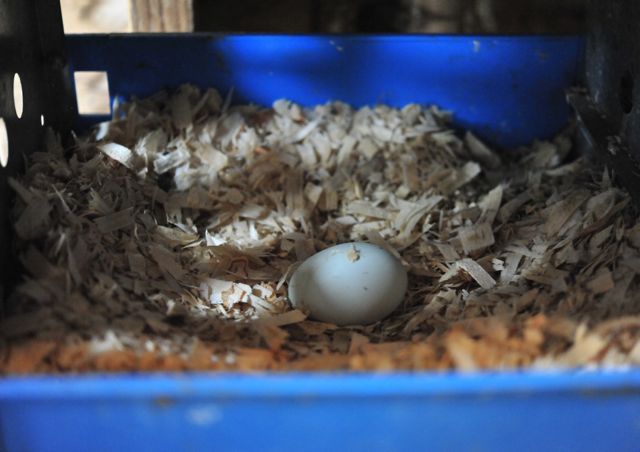
the incredible, edible, farm-raised egg
At this point, "Organic" and "Free Range" labels are essentially meaningless. Even "Certified Humanely Raised" is a bit questionable. You may begin to see some labeled "Animal Welfare Approved." This has the highest animal standards of any third-party auditing program. The birds are cage-free and continuous outdoor perching access is required. They must be able to perform natural behaviors such as nesting, perching and dust bathing. Beak clipping is forbidden. You may not be able to find these eggs in supermarkets yet, but be on the lookout. Otherwise, farmers markets are really your best bet. I know they are more expensive, but nothing beats a good egg.TORTILLA ESPAÑOLAadapted from Gourmet, 2000 (with some authentic tips from my Spanish friend Naima)serves 4-8, for tapas or lunch1 1/2 cups mild olive oil2 1/2 pounds boiling potatoes (like Yukon Golds), peeled and cut into 1/3" dice
2 medium onions, diced2 thinly sliced leeks, white and pale greenparts only
1 tablespoon coarse sea salt
10 large farm-raised eggsHeat oil in a heavy, well-seasoned 12" skillet over moderate heat until hot but not smoking and add potatoes, onion, and half of salt. Cook over moderately low heat, stirring occasionally, until vegetables are very tender but not colored, about 45 minutes. Drain vegetables in a large colander set over a bowl and cool 5 minutes.Lightly beat eggs in a large bowl. Gently stir in vegetables along with 1 tablespoon of the olive oil, remaining sea salt and pepper to taste (not too much), and let this rest for about 10 minutes.Return 1 tablespoon olive oil to skillet and add eggs, pressing potato mixture down to be flush with the eggs. Cook over low heat (you don't want the bottom to brown), covered, 12 to 15 minutes, or until almost set. Turn off heat and let stand, covered, 15 minutes. Shake skillet gently to make sure tortilla is set on bottom and not sticking to skillet. Invert tortilla onto a large flat plate and slide back into skillet, bottom side up. (If top is still quite loose at this point, slide tortilla onto plate first. Cover it with skillet and then invert tortilla back into skillet.) Round edge with a rubber spatula and cook over low heat, covered, 15 minutes more, or until set. Slide tortilla onto a serving plate and serve warm or at room temperature. (I also like to cold from the fridge.) It's delicious with a little homemade mayonnaise.
2 medium onions, diced2 thinly sliced leeks, white and pale greenparts only
1 tablespoon coarse sea salt
10 large farm-raised eggsHeat oil in a heavy, well-seasoned 12" skillet over moderate heat until hot but not smoking and add potatoes, onion, and half of salt. Cook over moderately low heat, stirring occasionally, until vegetables are very tender but not colored, about 45 minutes. Drain vegetables in a large colander set over a bowl and cool 5 minutes.Lightly beat eggs in a large bowl. Gently stir in vegetables along with 1 tablespoon of the olive oil, remaining sea salt and pepper to taste (not too much), and let this rest for about 10 minutes.Return 1 tablespoon olive oil to skillet and add eggs, pressing potato mixture down to be flush with the eggs. Cook over low heat (you don't want the bottom to brown), covered, 12 to 15 minutes, or until almost set. Turn off heat and let stand, covered, 15 minutes. Shake skillet gently to make sure tortilla is set on bottom and not sticking to skillet. Invert tortilla onto a large flat plate and slide back into skillet, bottom side up. (If top is still quite loose at this point, slide tortilla onto plate first. Cover it with skillet and then invert tortilla back into skillet.) Round edge with a rubber spatula and cook over low heat, covered, 15 minutes more, or until set. Slide tortilla onto a serving plate and serve warm or at room temperature. (I also like to cold from the fridge.) It's delicious with a little homemade mayonnaise.






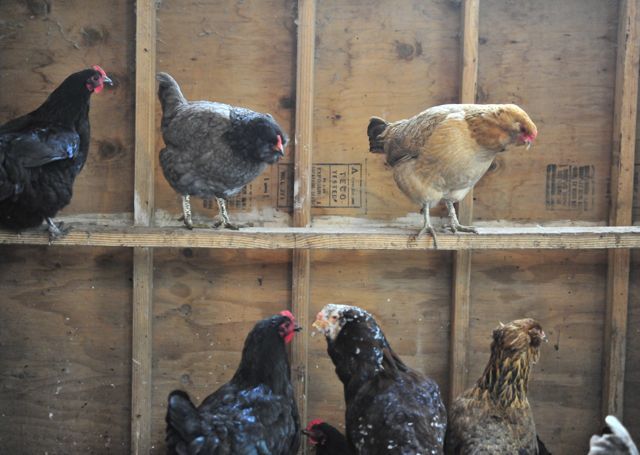
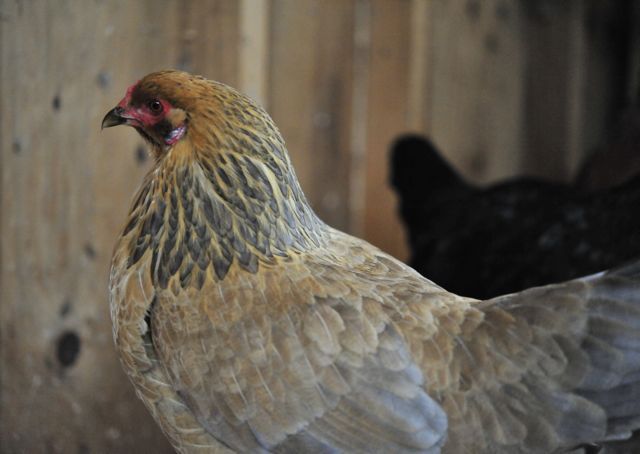
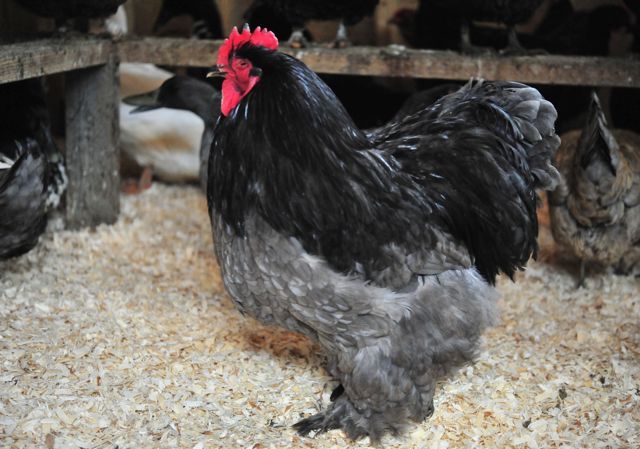
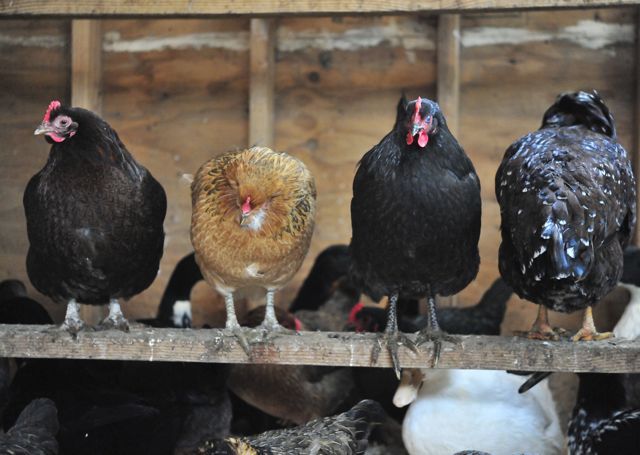
5 Comments